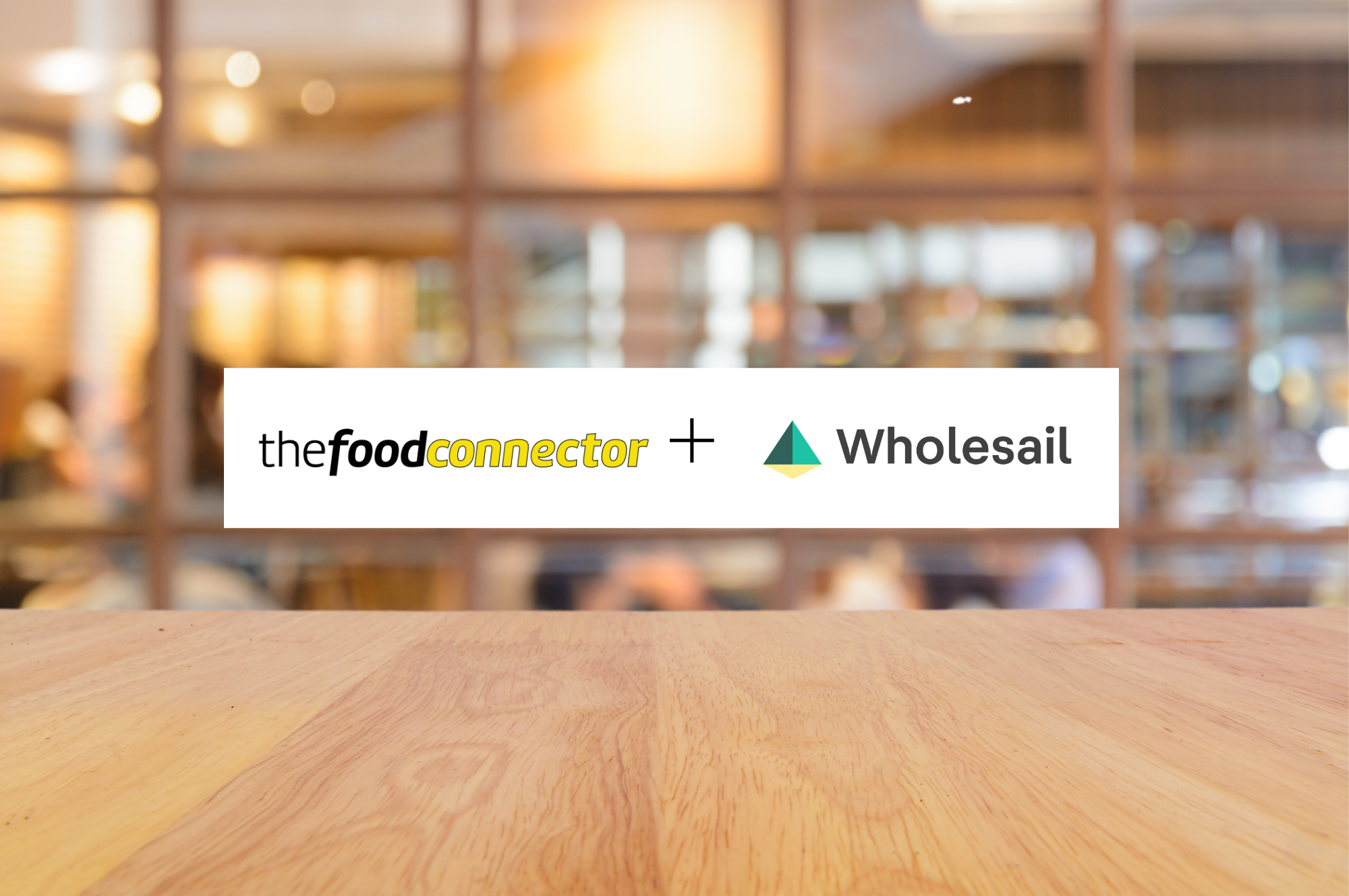10 Tips to Grow Sales
Ed Zimmerman of the Food Connector shares 10 things small and midsize distributors should consider to build their brands, attract new buyers, and better serve existing customers.

Ed Zimmerman started cleaning tables at a restaurant at age 14. He’s still in the food industry, fifty years later. And he’s worked in nearly every part of it, from restaurants and grocery stores to manufacturing and distribution.
“I’ve seen how everyone makes their money, where the pain points are, where different parts of this industry intersect and where they clash,” Zimmerman said.
Today he runs the Food Connector, a full-service digital marketing agency specializing in the food service industry. He shares 10 truths about what every small to midsize business in food and beverage should know about their place in the market.
- Remember, you’re the innovators. Zimmerman spends his days helping distributors find tools, insights, and perspectives that give them an edge. He’s excited to see food companies creating new products, services, or ways of doing business, and said this risk-taking is what keeps the industry dynamic and moving forward.
“Big companies don’t typically innovate. They wait to see what the trends are, then either buy the companies that get it right or try to replicate them. But smaller companies have to innovate. They can’t compete on price; they’re not the low-cost producer. So they find a new way.”
- Compete on product. Restaurants care about costs – as they should. If you’re offering ABC Brand crinkle-cut fries for $3 more than your competitor, you won’t make the sale. But this gives smaller distributors an opportunity to showcase unique products.
“Maybe it's a sweet potato fry, or something sourced from a specific farm in North Dakota with a special attribute with a good story. That story can be passed along to the restaurant and eventually appear on the menu. The customer will be willing to pay more because they know the story and what makes them special.”
- Compete on service. Most distributors sell similar products at similar prices. But a smaller distributor may be able to be flexible in ways a national distributor can’t offer, such as smaller minimum order sizes or flexible payment terms. Relationships build trust, so be willing to go the extra mile.
“Smaller distributors tend to specialize more. They know the stories behind their products – like sourcing, country of origin, or unique attributes. They might know how a restaurant uses an ingredient in an innovative way. That level of product knowledge and innovation is a big part of the value they bring.”
- Share your story. Smaller distributors can be part of a community in ways the bigger guys cannot. Customers resonate with stories that show the passion and reason for starting a business. Food is nonnegotiable in the human experience, so helping people understand why you love food can go a long way.
“I was on a call earlier today about cash flow. We talked about whether the company could continue supporting the local little league team. The answer was, ‘Of course. We always have and always will.’ Bigger distributors might be less connected to the community.”
- Serve as consultants. The COVID-19 pandemic changed how restaurants place orders. Before COVID, restaurants spent a lot of time in communication with distributors, often about price. COVID accelerated the digitization of the industry, through online ordering, e-commerce, or just completing an order guide online or via spreadsheet.
“The role of the distributor sales rep has shifted from taking orders to a consultative sales role. Reps can now focus on helping develop things like limited-time offers for the spring season or specials for Mother’s Day. They help source ingredients and provide advice.”
- Don’t assume awareness. Zimmerman said the number one thing distributors hear from operators is “I didn’t know you carried all that.” Operators tend to buy products from the people they always buy from. So be sure your current customers are aware that you carry more than the handful of items they order every week.
“That’s the core marketing challenge. You have to make clear everything you offer to every customer. The goal is to create awareness that, hey, you’re already buying this stuff – you just aren’t getting it from us, and we carry it.”
- Update your website. That website you haven’t touched in 10 years isn’t doing you any favors. Your customers can’t use a non-searchable PDF to order. And, it’s not attracting the best sales people, either. Customers and prospects need to be able to quickly and easily find what matters most to them: how to reach you, your hours, what products you offer, and what’s on sale this week.
“Customers of distributors with terrible websites learn to live with the pain like a pebble in their shoe. They tolerate it because they like their sales reps and the reps don’t bother them at bad times, like lunch. But new customers see a bad website and think, ‘Too much pain. It’s not worth it.’”
- Plan consistent outreach. Regular, consistent outreach – whether that’s a weekly hot sheet, monthly promotions tied to events or holidays, or reminders like “Place your Mother’s Day order by April 27” are helpful. Provide communication that matches the rhythm of your customer’s business.
“Marketing, as important as it is, is never urgent. Operations will always come first. If you want to get it done, consider outsourcing it. Or at a minimum, taking it off-premise – someone who isn’t in the office juggling all the other things.”
- Update your ordering process. If you want to future proof your business, the time is now to invest in tools that make life easier for your customer. When the owner, general manager, or chef finally gets to sit at their desk after a long day, and they are ready to order, you need to have simple, easy-to-use tools that let people make inquiries anytime – even at 9:30 p.m.
“Today’s operators have far fewer staff than they used to, and the people they do have are often less trained. So ordering supplies and food has to be quick and efficient. They need to get through it fast to free up time for the unpredictable problems that require their attention.”
- Move to digital. Every distributor should be looking at all their processes and asking: how do we make this process quick, efficient, and reliable? Websites, social media, email – these tools are essential. So are systems that automate operations.
“Digitizing payments is perfect because the key steps are verifying the amount owed and getting approval from the owner, manager, or chef. Move away from printing statements, licking envelopes, and mailing bills. Instead of having to open an envelope, find a checkbook, or hunt for stamps, customers can complete transactions in seconds on their phones.”

The Food Connector understands your business intimately and can help you build your brand, attract new buyers, and introduce new products to your current customers. Learn more: https://thefoodconnector.com/.
Click here to schedule a demo to learn more about Wholesail →